Alive Torajas
Half aslept, my face leaning on the window of the bus, I watch at the jungle-covered mountains, still sleeping, at dawn, under a light cloudy coat. I look for the crests of the roofs, which in some places, break through the canopy: after a good ten hours drive from Makassar, the bus finally reach the Tana Toraja ( Toraja Country, South-Sulawesi, Indonesia). Long preserved by its remoteness, best known for its houses with impressive roofs and their extraordinary funeral ceremonies, the Torajas has kept alive their cultural heritage, so special, unique. Toraja traditional society is an agrarian society for which buffalo is a crucial component: Companion for working in the ricefields, wealth and pride of its owners, vehicle of the deads, buffalo inspires Toraja culture up to the shape of the traditional houses (Tongkonans), of the rice attics, of the catafalques, etc .. . all are shaped like the horns of the emblematic animal. So, nothing strange when a buffalo statue welcomes us at the entrance of Rantepao...
Once retrieved our bags, we, with my two travel companions, went by feets to a hotel spotted at the entrance of the city. There we took a break and slept the rest of the morning. Then, back in town to eat, take the pulse of the local life and do some shopping (drinks, fruits, etc ...) we also look for a driver to take us and guide us a bit in the various traditional villages located in the surroundings of Rantepao. Not easy to find one who speaks English fluently, but we finally find a nice one who speaks a few words, so with our rudiments of Indonesian, it will do the trick ... Appointment is fixed to the next morning at the hôtel. We spent the late afternoon in an internet cafe, to give and take some news, then ate in a restaurant before returning to the hotel to sleep. The next morning at 6am the driver was there waiting for us, leaning on the hood of his car, smiling ... In the car, we shared fresh mangoes, for breakfast, while talking to know each-others better. First stage of our tour in the valley, the village of Londa and its burial site. Once out of the car, young people approached us to rent us oil lamps (useful to visit the caves.) A small hut where we pay an entrance fee to the community, then we get on the little road that goes into the luxurious vegetation. One hundred meters further, in the foothills of a cliff that runs along the path, funeral arches (Erungs) shapes reminding the Tongkonans, are abandoned and disintegrate slowly, their mission completed. Above them, in cavities and crannies of the rock, coffins are stored. here and there, skulls and bones turn white to the naked air. A little further, a sort of hut with open shutters reveals wooden figures carved and painted, wearing clothes. They are Tau Taus, representing the deceased. usually, they are placed at the entrance of the cavities containing the coffins, but here they are protected and locked up at night to prevent theft, looting. Tau Taus are indeed very sought by collectors of tribal art.
Finally, you reach the caves. In the darkness, guided by the lights of our torches and lamps, one climbs and winds through the different rooms. throughout the cavities, in every corner, each recess, coffins more or less old disintegrate slowly, interspersed with offerings (kretek cigarettes, money, etc ...).
Later, our driver will take us to the village of Lemo. Known for its cliff breakthrough many tombs, and its rows of Tau Tau lined balconies, the village is quite popular with tourists, and minibuses stationed at the entrance of the site not bode well ... However, two Tongkonans that greet the visitor, and it must be confessed, the beauty of the site, surrounded by rice fields, helps to preserve the authentic character of the place. Back in the car we snake through the green valleys, the rivers and rice fields, discovering the landscape of the region, its incredible burial sites and villages. If Tongkonans are still quite prevalent, constructed and commonly used, only their roof betrayed an evolution: instead of traditional bamboo strips, we see more and more often, unfortunately, corrugated sheets ...
Final stage of the funeral ceremonies, Toraja cemeteries are often located in caves, cliffs or large boulder clusters. the workers are digging, patiently, graves where the coffins will be deposited. those cavities are closed by small wood square doors, carved and painted (black, red and white, the three traditional colors ...), equipped with a secret locking system, known only by the family members of the deceased. Tau taus are still stored nearby in height, to see and be seen by the living ... At the foot of the graves, the catafalques used during ceremonies are abandoned, disintegrating under the effect of time. Here, as in many places of the world, there are also monoliths and standing stones. And here, too, no one really knows what they mean ... In Toraja tradition, babies are buried in a cavity dug in the trunk of a sacred tree, so the soul of the babies can rise with the tree as it's growing. In a small village, we taste the local life during the early afternoon, the boys, naked, are playing with a buffalo in the river that winds and encircles six, seven huge Tongkonans that forms the village. The girls are playing more calmly close to their mothers and grandmothers busy on their looms. The men are working in the ricefields, caring for buffaloes and cattle, or are in any other business.
Later, we went to the well-known village of "Kete Kesu", with its beautifull Tongkonans and rice-attics. Even if families are still living into the village, and if the village is really beautifull, it is better to visit it early in the morning, or in the end of the afternoon, when the tourists are not there and when normal life takes a little revenge meanwhile...
The next day, we left our hotel in Rantepao with the intention to go for a few days into a more remote valley. Also, the car takes us to Batutumonga, a small village lost among the clouds, on the heights overlooking the far Rantepao Valley. There, we find on the roadside a restaurant, which also seems to be a hotel. There, we only find young people talking in front of Indian TV series, drinking orange soda. Upon inquiry, the hotel is closed, but the young people who keep it in the absence of the manager tells us they can find a room and mattresses for us to stay. Surprise, they set us in a small empty Tongkonan overlooking the hotel and the road! We eat a piece with our driver before he takes-back the road down to the valley (he'll come back to fetch us two days after), then we walk a little, to discover the surroundings. Clouds hang and move slowly on rice fields, Tongkonans drowned in the jungle, buffalos grazing, and the villagers busy with their daily tasks. Occasionally, a truck loaded with people and cargo is happening on the road, and that's a concert of exclamations, smiles, laughter and "Soré mista!" (Hello/afternoon, Mista=Mister) for us. The atmosphere is peaceful, tranquil.
At night, buffaloes are back into the barn (often in the lower part of Tongkonans, the living area is upstairs.), Frogs croak in the rice fields and martens sneaking stealthily in the vegetation. At the hotel, young people still watch TV series (which amuse them/us much) in bavassant quietly. we do the same, eating a "Mie Goreng" accompanied by a large glass of tea with lemongrass. On the ceiling, beetles and a big moth (Sphinx almost 30 cm wingspan) crowd around the bulbs that illuminate the patio.
In the morning the Tongkonans bathe, unreal, in the clouds and the diffuse light of the rising sun. Already, people are busy, making their toilet and washing their clothes at the tap, fed by fresh water from the river nearby. We await our turn to do the same before going down to the restaurant to drink a tea and have banana pancakes. Then, backpacking, we go on the road.
A little further on, we come to the school, where school children in uniform perform exercises as a game in the backyard. As everywhere, we quickly became the object of attention, so it was almost all students who greet us, waving hands (Pagi Mista!, Hello/morning). Everywhere along the road and buildings, multicolored flags have been installed: we approach the Indonesian National Day, and the preparations of the festivities are going on...). A few kilometers further, the road is only a rutted track, but it is the main access to a very remote region (The region of Sulawesi between Rantepao and Palu in the north have not been crossed by foreigners since the 70s ...). Trucks loaded with goods, people, buffalo, etc ... continue to pass regularly, always with the same reactions. We ask the people we meet to tell us a few words in the local dialect (Thanks / you're welcome : Kure Sumonga / Pole Poralla, etc ..) and play to pose for pictures. Further, we found what appears to be a small shop (crisps bags hang in front ..), so we took the opportunity to do some shopping, but first we had to wait until someone brought back the owner the shop, gone caring for pigs in a nearby field. In the middle of flooded rice fields, fatty herbs circles intrigue me. in fact it is an old technique for raising fishes: those ones are held captive by simple high-herbs barriers in rice fields. so, here and there, green-grass circles in paddies complement the magnificent painting that gives us to see the landscape of those valleys. Further, an effervescence in scout camp! near 400 youth held bustle around their tents and encampments. what a surprise first of all for us, then we remember that most Toraja are Christians since colonization by Dutch evangelists in the early 20th century. We make discreet so as not to arouse too much curiosity, and we continue our journey. further on the road, a small stream crosses the road, we take the opportunity to go back its course to sit in height for a better view of the valley and eat in peace. Later, we began the road back to Batutumonga, and our "Hotel", often crossing the same people on the way down, who greet us again, smiling. A few hours later, arriving at the edge of Lokomata, a burial site a few kilometers away from Batutumonga I hear words spoken in loudspeaker. soon, we recognize numbers. I then think of a buffalo market, because I knew that one was held the day before in the valley, in Rantepao. Then we tried to get close, seeking the path that will allow us to, when we saw three young women dressed in black and looking head, too, towards the source of that sound. I then approached them to learn more ...
near the school, in Batutumonga. along the road, colored flags have been installed for the celebrations of the national day...
One of them, Suzen explained it was actually a funeral. that of her mother's brother, and she invited us to attend with her. I hesitated for a moment: I knew Toraja funeral ceremonies are particularly important special events in the local culture, it was an incredible opportunity for us to be invited. But I also knew that it is customary for guests to bring a present for the deceased or their family, however we are unprepared, what bothers me greatly, being careful to respect the procedures in force. I therefore told Suzen, who assures me, laughing, that this is not a problem. After a quick consultation with my companions, we agree to follow the three young women on a path down into the hollow of the valley.
Further, under the vault of the rain forest, the path finally leads to a large entrance, made with bamboo walls, covered with canvas painted with traditional motifs, topped by a sentry. there, a ballet of scooters and motorcycles loaded with pigs somehow tied to bamboo bars fixed balance on the luggage rack, and guests, wearing traditional sarongs, black with delicate red, white or brown patterns. Passing under the arch of the entrance, leads to a square with a central building, (with, of course, a horns-shaped roof...) with, in front of it a wide podium for ceremonies. Around, bamboo buildings (also temporary), have been built to accommodate the hundreds of people who will come for the funeral. all are covered and decorated with canvases painted with traditional patterns and colors. These ceremonial villages are built for the funeral, and then destroyed or abandoned. The ceremonies last between 5 and 15 days. Ceremonies always start with buffalo fights, which are then sacrificed in honor of the dead, followed by religious ceremonies, offerings to the deads and their families (sarongs, pigs, buffaloes, etc ...), dances, feasts, etc .. . all commented by a facilitator at the microphone (That's him we had heard in the distance, listing the pigs offered to be sacrificed ...). Finally, once all the ceremonies performed, coffins are carried in their catafalques, to the place where the grave has been dug ... We are on the second day of the ceremonies, and we arrive just in the middle of sacrifices ... The Torajas, although converted, have retained their own culture elements from the animist cults they use to devote before. Christian culture that has been handed them thus was naturally married to the existing culture in a fun and original mixture. The Toraja therefore continue to make sacrifices to provide the deceased a better life in the afterlife. Buffalo sacrifice is particularly symbolic: climbing on their back, allows the deceased to climb higher in heaven. So people sacrifice their most valuable buffalos for those they love. The most expensives ones are those with a two-tone (black and white) coat and blue eyes. those can achieve real fortunes (up € 50,000 !).
Before conversion to Christianity, the Toraja society was a caste society, and slaves were also sacrificed for the funeral of their masters ... The sacrificed animals are skinned on the spot and their meat is cooked and served directly to the guests, (accompanied by rice and ballo glasses (fermented coconut milk), tea, coffee, palm wine (Tuak) and rice alcohol .), or meticulously divided between all the persons present, who take it back to their homes.
the animals (pigs and bufffalos) which are sacriffied are skinned directly, and their meat is cooked and served to the people present at the ceremony, or carefully distributed to each person to take back home.
For the duration of the funeral, thousands of people come spontaneously or are invited to honor the deceased. These are distributed in various numbered boxes, depending on their importance, their degree of relationship with the deceased or the family. As we where invited by a family member, we were shown to take place in the box number 2, in front of the podium. There we met the family of Suzen, uncles and aunts, and have discussed with them, drunk and smoke kretek (clove cigarettes), while the ballet of ceremonies and sacrifices was proceeding under our eyes. Then, we were proposed to honor the deads and to meet the organizer of the ceremony, Suzen's cousin, Edy. So we followed her and her uncle in a house adjoining the site, where upstairs stood Eddy, next to the coffins of his parents: In the house of the deceased, the body is carefully preserved in a temporary coffin, embalmed in local herbs and a shroud. Stored, the body of the first deceased may wait well for years the death of his spouse before being buried along with him, her. The preparation of embalming being very effective, no smell emerges from the coffin where the body is placed in the meantime. When both spouses have passed away, the preparation of the funeral, which can take several years, starts. Edy, him, has spent a year and two months to prepare the funeral of his parents. For the ceremony, traditional coffins, with a special curved shape and special decorations, are ordered. The bodies are then transferred to the ceremonial coffins before being removed from the home and settled in their horns shaped catafalques to be presented to the participants of the ceremony. That is when we met Edy. Edy was born here in Tondoklitak, there in the valley. He did his junior and high school in Rantepao, then college and studies in Makassar, before going to Jakarta (Java Island), where he lives and works today. He returns every year in Tana Toraja, and is not affraid for the future of his culture and traditions: He finds them more alive today than when he was a kid, when the country was only open to the world, tourism and modern life since a few decades... After spending some time with Edy and his family, it was unfortunately time for us to separate: The night was already falling, and we had to return to Batutumonga, the road has no lights and we had not warn our "hosts" about our absence at night. Also, after a last hug and picture together, we left after had exchanged our contacts... On the road lit by the moon and myriads of stars, back down to Batutumonga, we passed by the huge and well-known "rock" of Lokomata, pierced by its many graves. The parents of Edy are resting there today. It was their last travel after 9 days of ceremonies and tributes.
Mathius Sulle Rantepulung and Maria Palembangan, the parent of Edy, were both teachers. They were loved and respected by their community. Once a year, on the feast of Ma 'Nenek, Edy's family, like all Toraja family, go to the burial, take the coffins and the deads out from their crypts and visit, spend time with them during the time of a week. It's tradition, and it is really alive !
from left to righ: Edy and Suzen's uncle, a headless man and Julien (my travel fellows), Suzen, Edy and me. (August 2013)
/https%3A%2F%2Fpmdvod.nationalgeographic.com%2FNG_Video%2F773%2F47%2F160311-joy-in-death-MM8366-posterframe_640x360_642387523553.jpg)
Here, Living With Dead Bodies for Weeks-Or Years-Is Tradition
WATCH: On the Indonesian island of Sulawesi, the Torajan people believe that a person is not truly dead until water buffalo have been sacrificed at their funeral, serving as the vehicle to the ...
http://video.nationalgeographic.com/video/magazine/160311-ngm-indonesian-death-ritual

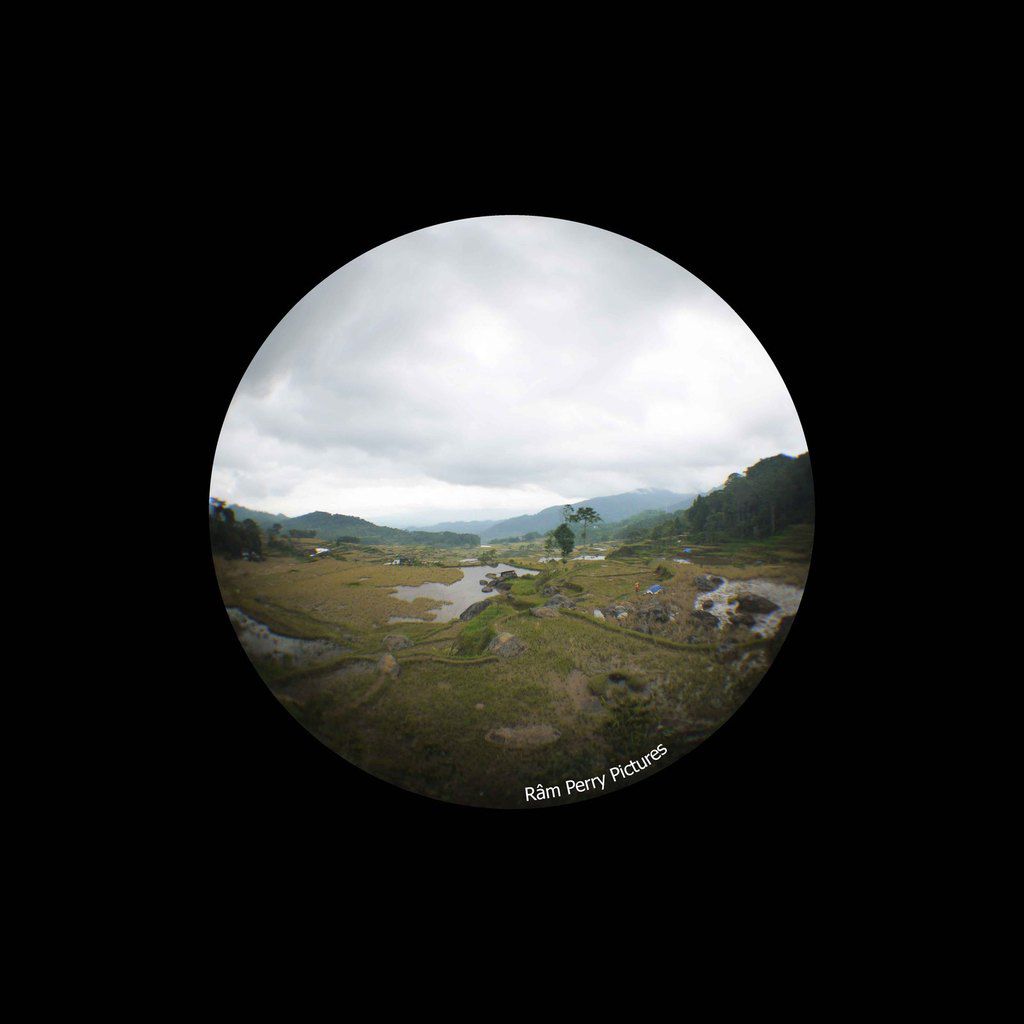



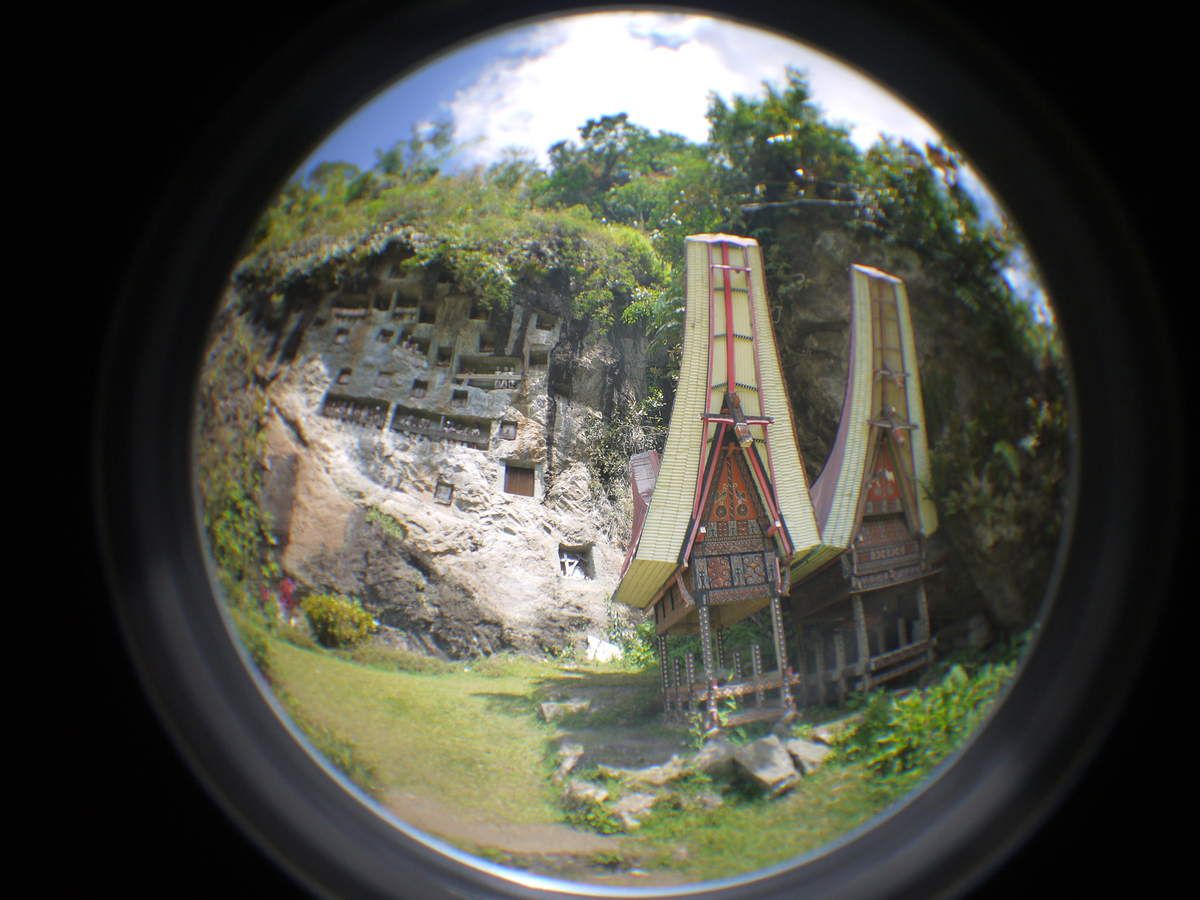







/image%2F1539651%2F20211109%2Fob_e60491_toraja-village.jpg)
/image%2F1539651%2F20211109%2Fob_fed29a_toraja-horns.jpg)
/image%2F1539651%2F20211109%2Fob_e1509b_kete-kesu.jpg)







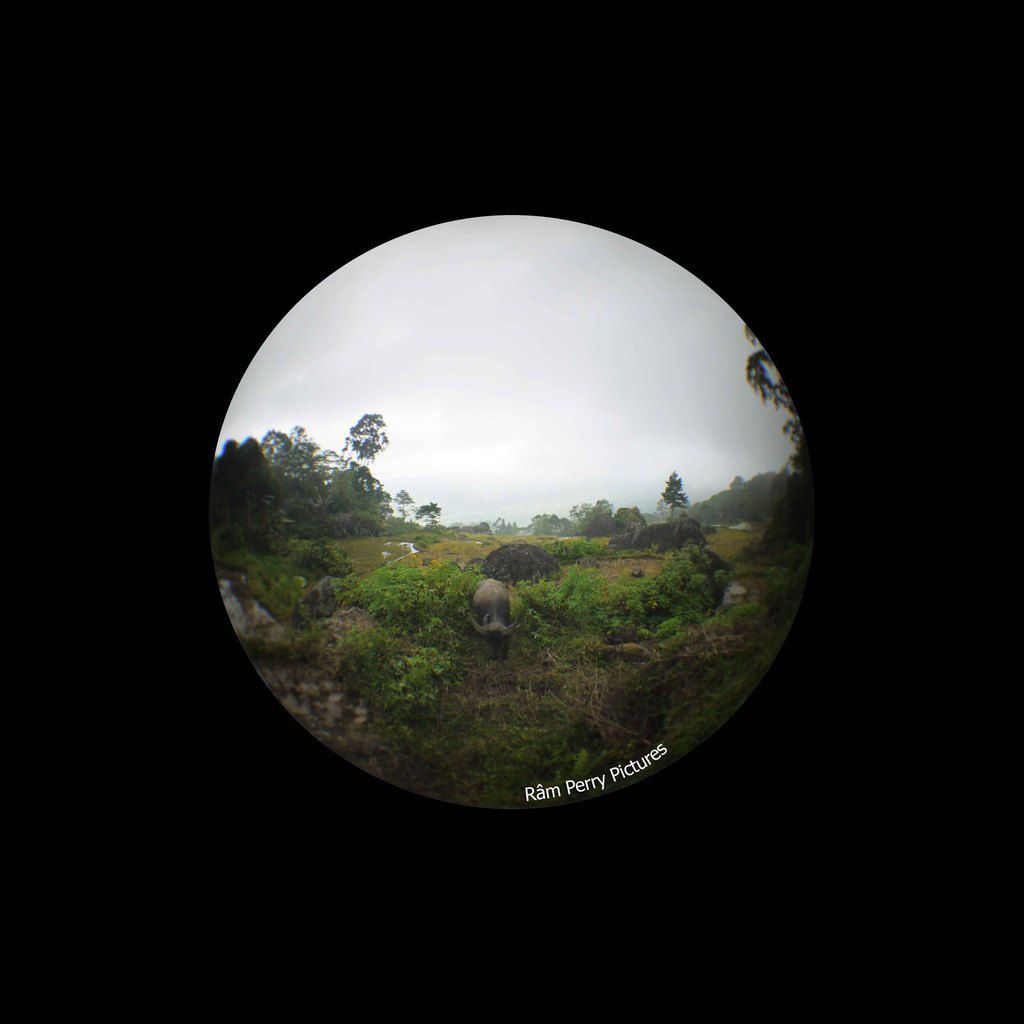

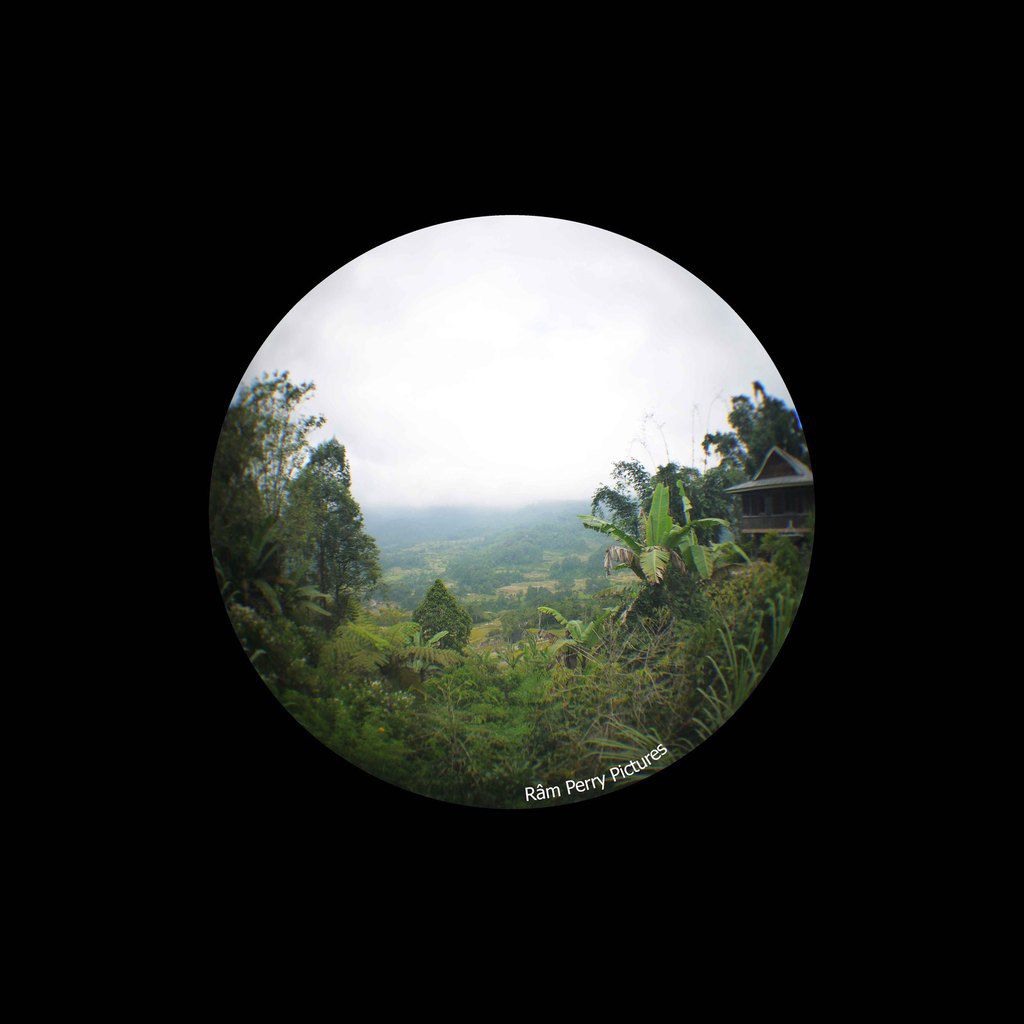




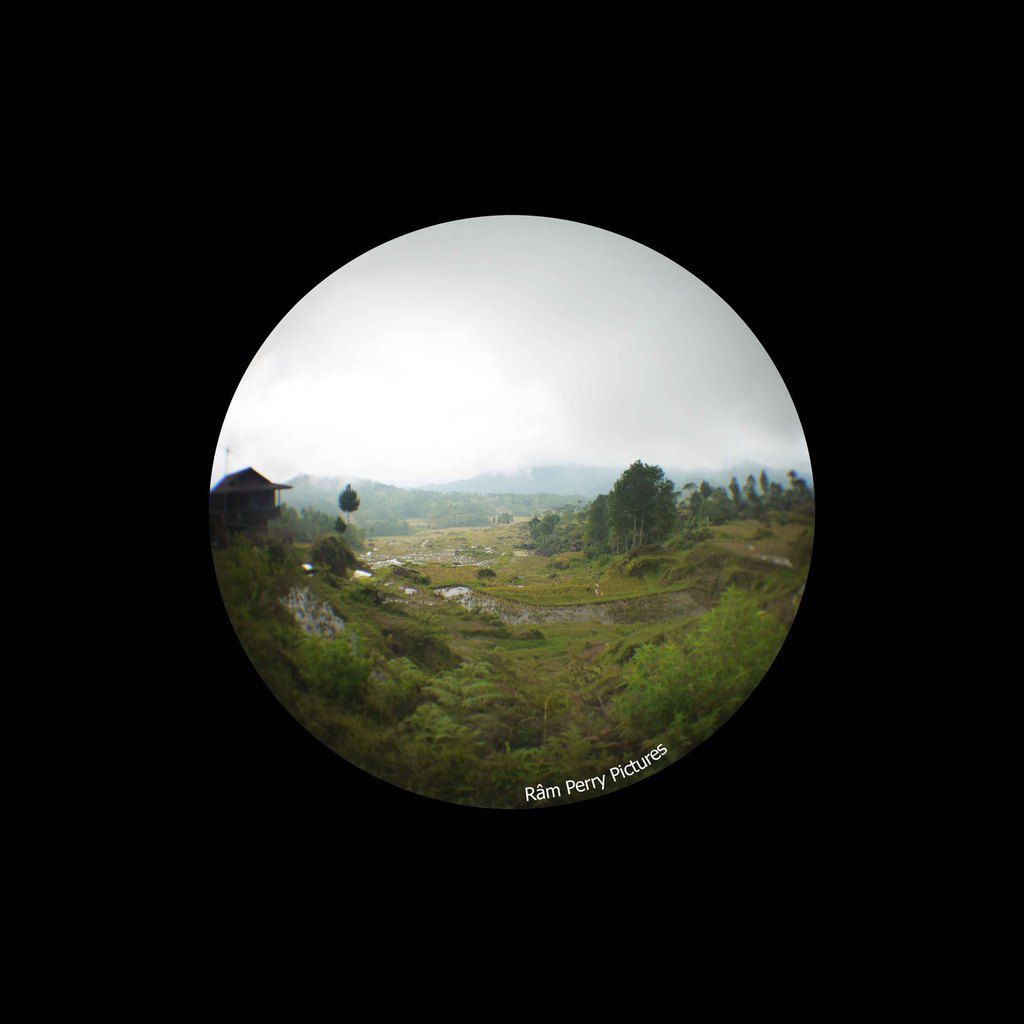

















/image%2F1539651%2F20230627%2Fob_321a93_jammu-truck.jpg)
/image%2F1539651%2F20190924%2Fob_8bfba0_jammu-truck-publish.jpg)
/image%2F1539651%2F20210406%2Fob_eef680_p1100988.JPG)
/image%2F1539651%2F20161029%2Fob_2ebf91_p1100988.JPG)
/image%2F1539651%2F20150401%2Fob_be5b92_le-grain.jpg)